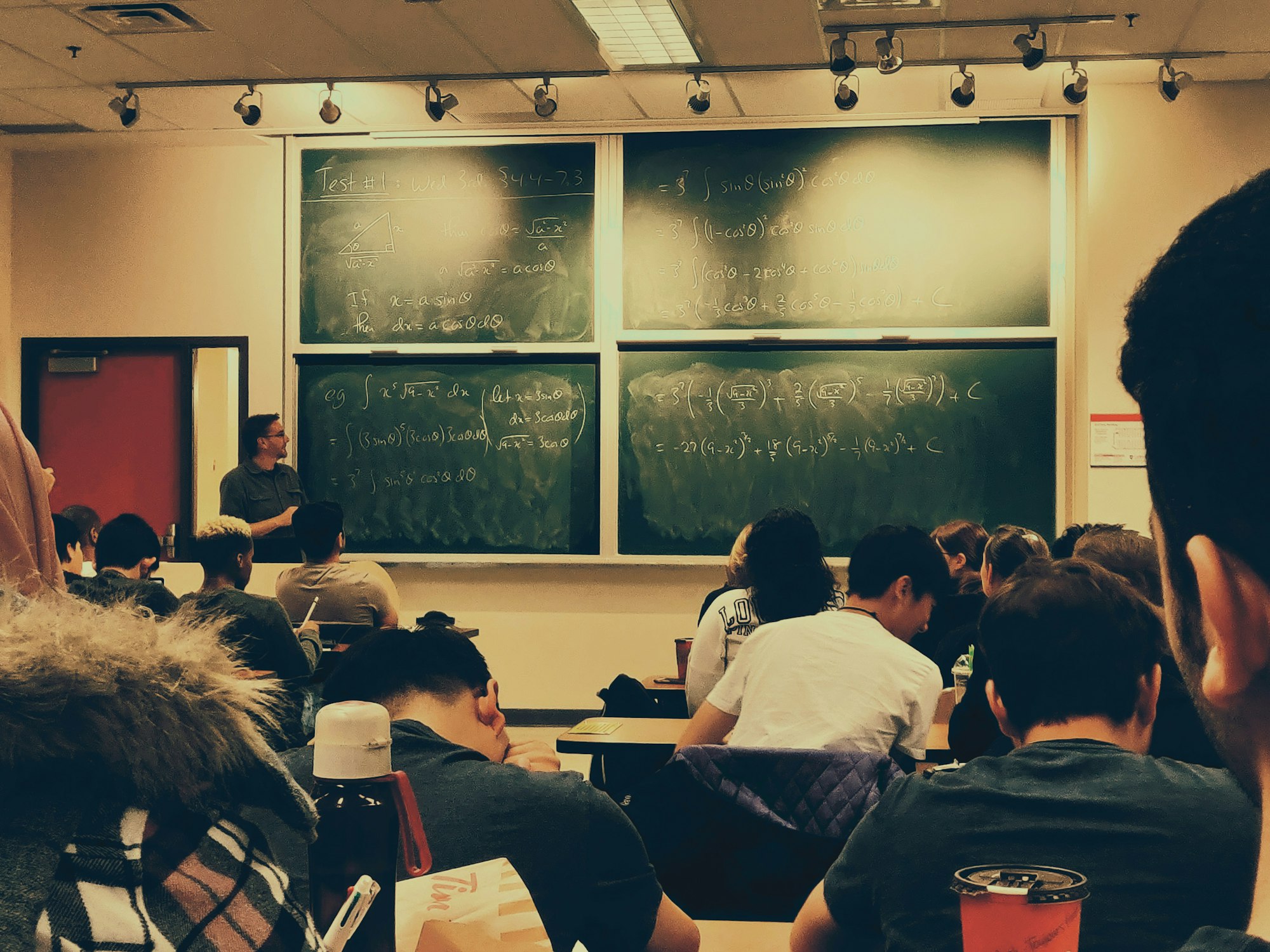Even as payments on federal student loans resume, the Biden administration is moving forward with its backup plan to cancel student debt through executive action. On Monday, the U.S. Department of Education (ED) released draft regulatory text outlining its latest loan-forgiveness plan. The proposal is complicated, but could be consequential—and costly—if enacted.
At first glance, the proposal appears narrower than the one-time student loan forgiveness initiative that the Supreme Court blocked earlier this year, which would have forgiven up to $20,000 in debt per borrower. Instead of cancelling a portion of debt for everyone, the latest plan would forgive debt only for borrowers who meet certain conditions, including:
- Borrowers whose current balance exceeds their loans’ original principal balance: Borrowers who have been in repayment for at least a certain yet-to-be-determined period of time and still owe more than their principal could see their accumulated interest cancelled.
- Borrowers who first entered repayment more than 25 years ago: If a borrower’s loans entered repayment more than 25 years ago, she could see her entire loan balance wiped out, even if she was not making payments on the loan during that time.
- Borrowers who are eligible for loan cancellation under an existing program, but have not applied: Borrowers who meet the eligibility criteria for an authorized loan cancellation program such as Public Service Loan Forgiveness or an income-based repayment plan but have not applied could have their loans discharged anyway. It is unclear how ED will determine whether borrowers have met eligibility criteria.
- Borrowers who attended low-quality programs: If ED kicks a certain degree program or entire college out of the federal student loan program due to poor student outcomes under the Gainful Employment or Cohort Default Rate standards, borrowers who recently enrolled in the failing programs or colleges could have their loans discharged.
In addition, ED published an issue paper clarifying that these are not the only categories of borrowers being considered for relief. ED may also propose cancelling the loans of borrowers who are “experiencing hardship that is not otherwise addressed by the existing student loan system.”
The issue paper supplies a long list of conditions that could qualify as “hardship.” These include having received a Pell Grant or having dropped out of college without earning a degree. Given that 38 percent of students do not finish college and 54 percent of those that finish received Pell Grants, these two conditions together, if enacted, could end up forgiving debt for 71 percent of former college students.
Though the latest loan cancellation plan appears narrower than the Biden administration’s original one-time forgiveness initiative, the possible eligibility criteria are so broad that ED may end up forgiving nearly as much debt should the new plan be enacted. Moreover, if ED decides to forgive some borrowers’ outstanding debts in full, rather than capping relief at $20,000 per person, the price tag could be even higher than that of the original plan (which the Congressional Budget Office pegged at $400 billion).
The plan has many more administrative hurdles to clear before ED can finalize it and either start cancelling loans or be sued (again) for illegally cancelling loans. ED must first wrap up its negotiated rulemaking sessions, issue a formal proposed regulation, accept public comments, and finalize the rule. Then there will be inevitable legal challenges, which could further delay implementation. The process could stretch through the 2024 elections—which may be part of the political calculus at play.
But the long timeline also creates an opportunity for a new Congress and a new administration to cooperate on more permanent fixes to the federal student loan program. Rather than kicking the can down the road with forgiveness, policymakers should act to limit new borrowing and incentivize colleges to improve outcomes and lower prices. That, not forgiveness, will solve the student loan problem for good.


